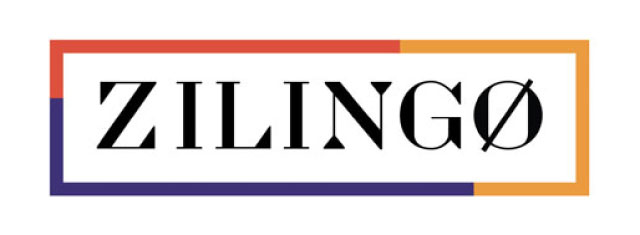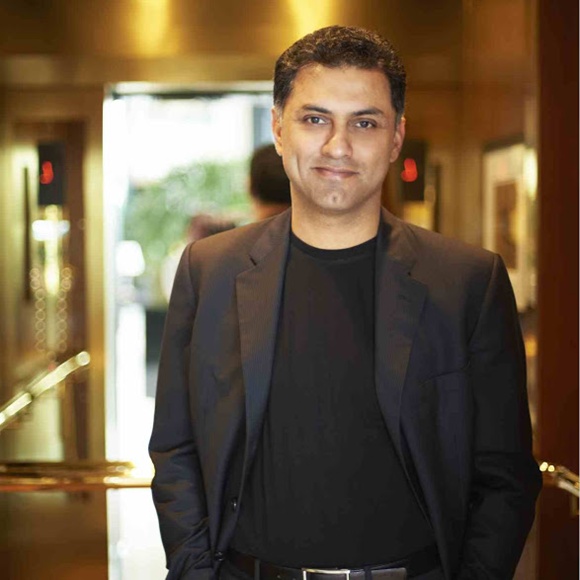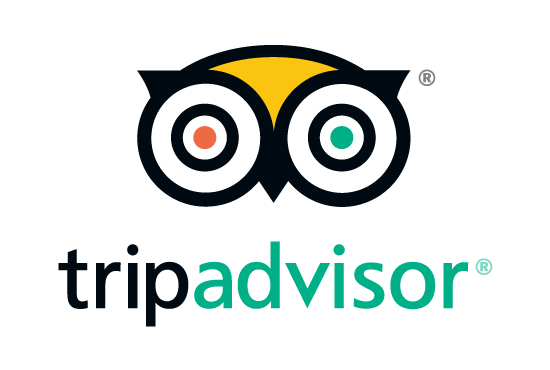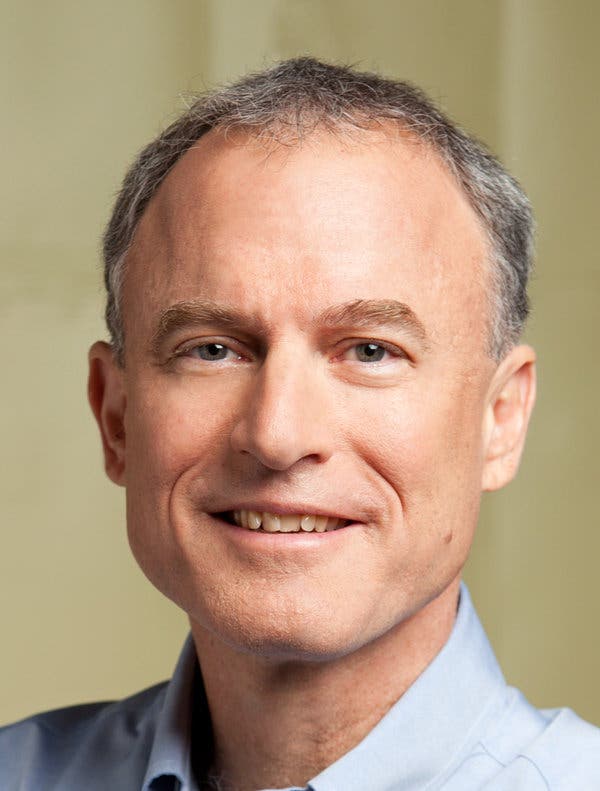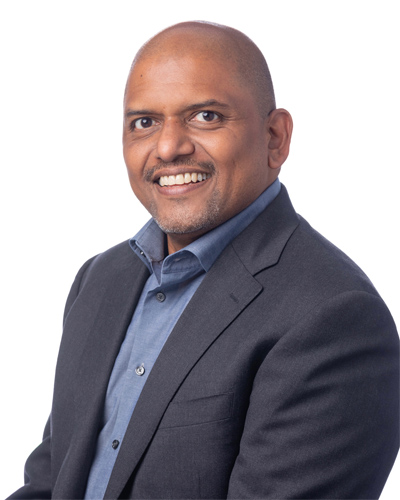Zilingo – Indian Entrepreneurs Create New Style Statement
We all love talking about fashion. Many of us have the urge to recreate their wardrobe every season. From a 5-years old little girl to a 60-years old man, we all want to look classic. A perfect fashion icon speaks through the language of style.
Brands can never define fashion. The idea behind fashion is creative and one can get inspiration from anywhere. It is a form of art that seeks ideas from a high-class designer dress to some really cool street style. Ankiti Bose and Dhruv Kapoor proved that in front of the entire world.
Who are they?
Ankiti Bose and Dhruv Kapoor are the founders of Zilingo, an online commerce platform for fashion. Though they are from different career background they hit it off pretty well.

Ankiti Bose
Before founding Zilingo, Ankiti Bose worked as an investment analyst Sequoia Capital. She worked at the Bangalore office. Bose studied Economics and Mathematics from St. Xavier’s College, Mumbai.
She is a fashion enthusiast. Her trip to Bangkok and witnessing their magnificent street fashion is what inspired her to create something of her own. She has also worked for McKinsey & Company.
Dhruv Kapoor
It is true that Engineers can be anywhere. One might get a B. Tech degree but for most of them, interest lies somewhere else. Dhruv Kapoor is an engineer who graduated from IIT, Guwahati. He studied Electrical and Electronic Engineering.
After graduating in 2012, Dhruv Kapoor joined Yahoo as a Software Engineer. After working there for a year, he joined Kiwi. Eventually, he met Bose, decided to quit the job and start a business.
The Back Story
None of them had the perfect plan to start a business. It happened all of a sudden. They trusted their guts and took the risk.
The story begins when Bose went on a Bangkok trip with her friends. It was back in 2014. She went shopping in a market called Chatuchak. According to her, it was the largest weekend market worldwide.
She witnessed more than 10,000 independent retailers with really inspiring designs. Unfortunately, none of them knew how to take their business online. This is when Bose thought of creating a platform where these powerful talents can be showcased and earned as well.
With the idea in her mind, she knew it would be better if she had a tech guy in her team. Because irrespective of the idea technology has a bigger role to play. After a few days, she met Kapoor at a party in her own flat. She shared her idea and Kapoor found it really interesting. They decided to take the next step.
The Beginning
They started with quitting their jobs. There wasn’t any second thought about their plan. Initially, they spend $30,000 each from their savings. Sequoia India backed Zilingo since Bose was a former employee. The company provided Zilingo the seed funding.
In 2015, Bose and Kapoor established Zilingo in Singapore.
What is Zilingo?
The company is a dream place for any potential designer who lacks a source. Zilingo is a fashion company that connects wholesalers, retailers and help them reach out to customers. It provides technical and financial support.
Within four years, the company has expanded to Hong Kong, Indonesia, Thailand, Philippines, Australia, India, and the U.S. Every company or the independent retailer who wishes to do sell their products go through strict scrutiny. Zilingo charges a commission of 10%-30% for all of them.
The Success
From the very beginning, Zilingo raised a good amount of funding. It raised around $8 million in Series A funding followed by $18 million in Series B funding. Zilingo’s Series C funding round took place in 2018 and it raised $54 million. The amount almost quadrupled in the Series D funding round.
Zilingo has become one of the highest capitalized start-ups in South East Asia. The company’s valuation became $970 million in February 2019.
Zilingo, today, has more than 600 employees working over eight nations. The company’s valuation is on the course to become $1 billion. Bose is the first Indian woman who co-founded a start-up of such valuation. She has become a role model for all young women entrepreneurs out there.
The company has created a sign of dignity for both its business strategy and technology. What can be a better combination than an economist and a software engineer? Zilingo’s team is full of creative, inspiring and passionate people.

Annasha Dey is an NIT student, who apart from studying engineering is also a content writer. She has a great interest in photography, writing, reading novels, and travelling as well. She is a foodie who loves socializing and hanging out with her friends. She is also a trained Kathak dancer and a big fashion enthusiast. Dey also loves watching TV series, which includes F.R.I.E.N.D.S. and Big Bang Theory. To be a better writer she prefers to read more
